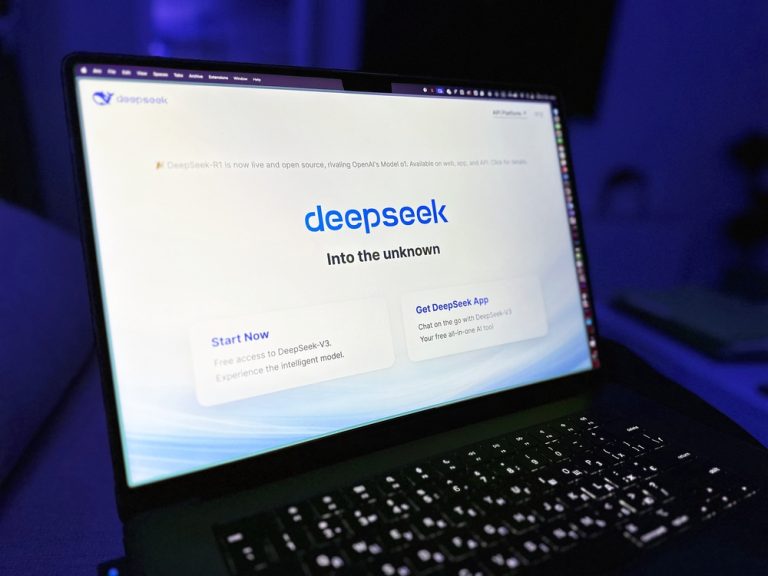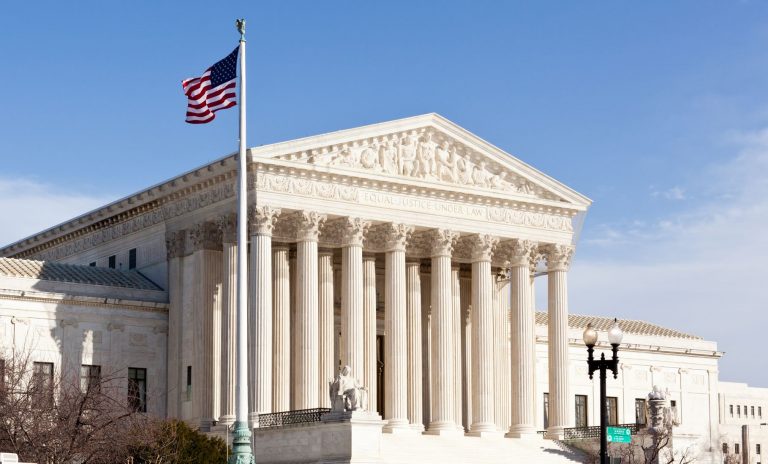Treasury and Federal Reserve Announce Additional $2.3 Trillion in Lending as Part of CARES Act to Support Economy
Treasury and Federal Reserve Announce Additional $2.3 Trillion in Lending as Part of CARES Act to Support Economy
On April 9, 2020, the U.S. Treasury and Federal Reserve Board announced new and expanded lending programs providing up to $2.3 trillion in loans to further support the economy during the coronavirus crisis. As part of the Coronavirus Aid, Relief, and Economic Security Act (CARES Act), the Treasury is implementing a Main Street Lending Program and a Municipal Liquidity Facility for lending to small and medium sized businesses and local governments. The Treasury also approved expansion of existing lending facilities, as well as a Paycheck Protection Program Liquidity Facility to support lending to small businesses under the CARES Act’s Paycheck Protection Program.
Final guidance and information about how to apply for the new programs has not yet been released, but are expected to be issued shortly. Businesses will want to evaluate their eligibility under the various lending programs to determine what will best serve their needs and which combination of programs they can access. For example, while eligible businesses will be able to apply for loans under both the Main Street program and the Paycheck Protection Program, they may not also seek loans under other existing federal lending facilities.
Main Street Lending Program for Small and Mid-Sized Businesses
Using funding from the CARES Act, the Treasury will provide $75 billion in equity to implement the Main Street Lending Program, which will make up to $600 billion in federally-backed loans available to eligible small and mid-sized businesses. These loans are aimed at further supporting small and mid-sized businesses affected by the pandemic, and are estimated to impact 40,000 medium sized businesses with a total of 35 million employees.
The program may be used for new Main Street loans (Main Street New Loan Facility), or to increase the size of existing loans to businesses (Main Street Expanded Loan Facility). The Federal Reserve has published Main Street Lending Program term sheets for new and expanded loans: Main Street New Loan Facility; and Main Street Expanded Loan Facility.
Recognizing that
financing needs can vary widely, particularly under the current market
conditions, the Federal Reserve is soliciting feedback as they continue to
finalize the program details through April 16, 2020.
(See https://www.federalreserve.gov/apps/contactus/feedback.aspx?refurl=/main/)
Which Businesses Will be Eligible for Main Street Loans?
Main Street loans will be available to businesses adversely impacted by the coronavirus pandemic that were in good financial standing before the crisis and employ up to 10,000 workers or have revenues of less than $2.5 billion. Loans will not be available to insolvent entities or debtors in bankruptcy proceedings. Eligible borrowers must be a business created or organized in the United States or under the laws of the United States with significant operations in and a majority of their employees based in the United States.
Can a Business Obtain a Main Street Loan and Loans Under Other Programs?
Businesses that have obtained a Paycheck Protection Program loan will also be able to take out a Main Street loan. (For information regarding the Paycheck Protection Program, which made $350 billion in forgivable loans available to small businesses, see COVID-19: The Paycheck Protection Program Q & A). However, businesses may not obtain loans through both the Main Street program and the Primary Market Corporate Credit Facility (an existing facility that is being expanded, see below). In addition, businesses participating in the New Main Street Loan Facility will not be eligible to also participate in the Main Street Expanded Loan Facility.
What are the Loan Terms?
The Federal Reserve is reporting that the loans will have a 4-year maturity with principal and interest payments deferred for one year. There will be no prepayment penalty. Loans will be for a minimum of $1 million. The term sheets published by the Federal Reserve set out the following maximum amounts for Main Street loans:
- For new Main Street loans: the lesser of (i) $25 million or (ii) an amount that, when added to the borrower’s existing outstanding and committed but undrawn debt, does not exceed four times the borrower’s 2019 earnings before interest, taxes, depreciation, and amortization.
- For expanded Main Street loans: the lesser of (i) $150 million, (ii) 30% of the borrower’s existing outstanding and committed but undrawn bank debt, or (iii) an amount that, when added to the borrower’s existing outstanding and committed but undrawn debt, does not exceed six times the borrower’s 2019 earnings before interest, taxes, depreciation, and amortization.
What Borrower Certifications are required for Main Street Loans?
There are several conditions attached to Main Street loans, consistent with the CARES Act goals of supporting employment. A business applying for a Main Street loan will be required to make the following certifications:
- The business requires the financing due to exigent circumstances presented by the COVID-19 pandemic, and will make reasonable efforts to maintain its payroll and retain employees during the term of the loan;
- It will refrain from using the proceeds of the loan to repay other loan balances, and will refrain from paying other debt of equal or lower priority, except for mandatory principal payments, unless the borrower has first repaid the Main Street loan in full;
- The amount of the loan, when added to the borrower’s existing outstanding and committed but undrawn debt, does not exceed four times the borrower’s 2019 earnings before interest, taxes, depreciation, and amortization (EBITDA);
- The business will follow restrictions on compensation, stock repurchase, and dividends that apply to direct loan programs under the CARES Act, found in section 4003(c)(3)(A)(ii) of the Act; and
- The business is eligible to participate in the facility, including in light of the prohibition on conflicts of interest set out in section 4019(b) of the CARES Act.
How do borrowers apply for a Main Street loan?
Borrowers will apply directly with financial institutions. Eligible lenders under the Main Street Program are U.S. insured depository institutions, U.S. bank holding companies, and U.S. savings and loan holding companies.
Support for Local Governments
Up to $500 billion in loans for local governments will be made available through the Municipal Liquidity Facility (MLF). The MLF will purchase up to $500 billion in loans directly from U.S. states, counties with at least two million residents, and cities with at least one million residents. Loans made to states may be used to support additional counties and cities. These loans are aimed at helping state and local governments provide essential services to their residents and to respond to the coronavirus pandemic. The Treasury will use $35 billion in funds appropriated by the CARES Act to support the MLF. The Federal Reserve published term sheet for the MLF is available here: Municipal Liquidity Facility.
Support for Capital Markets and the Paycheck Protection Program
The Treasury is expanding the size and scope of existing lending facilities to support lending to households and businesses through capital markets. This support will be through the Primary and Secondary Market Corporate Credit Facilities (PMCCF and SMCCF) and the Term Asset-Backed Securities Loan Facility (TALF). TALF supports lending for student loans, auto loans, and credit card loans, and will be expanded to also include triple-A rated tranches of outstanding commercial mortgage-backed securities and newly issued collateralized loan obligations. Through these facilities, an additional $850 billion in credit will be made available.
In addition, the Treasury and Federal Reserve are establishing a Paycheck Protection Program Liquidity Facility (PPPLF) to extend credit to eligible financial institutions that originate Paycheck Protection Program loans. Under the CARES Act, the Paycheck Protection Program makes available $350 billion in forgivable loans for small businesses. The PPPLF is aimed at strengthening the effectiveness of the Paycheck Protection Program by encouraging banks to make these loans. The Federal Reserve has published a term sheet for this facility available here: Paycheck Protection Program Lending Facility.
As always, our team at RumbergerKirk is here to assist you as we all work through this crisis together.










